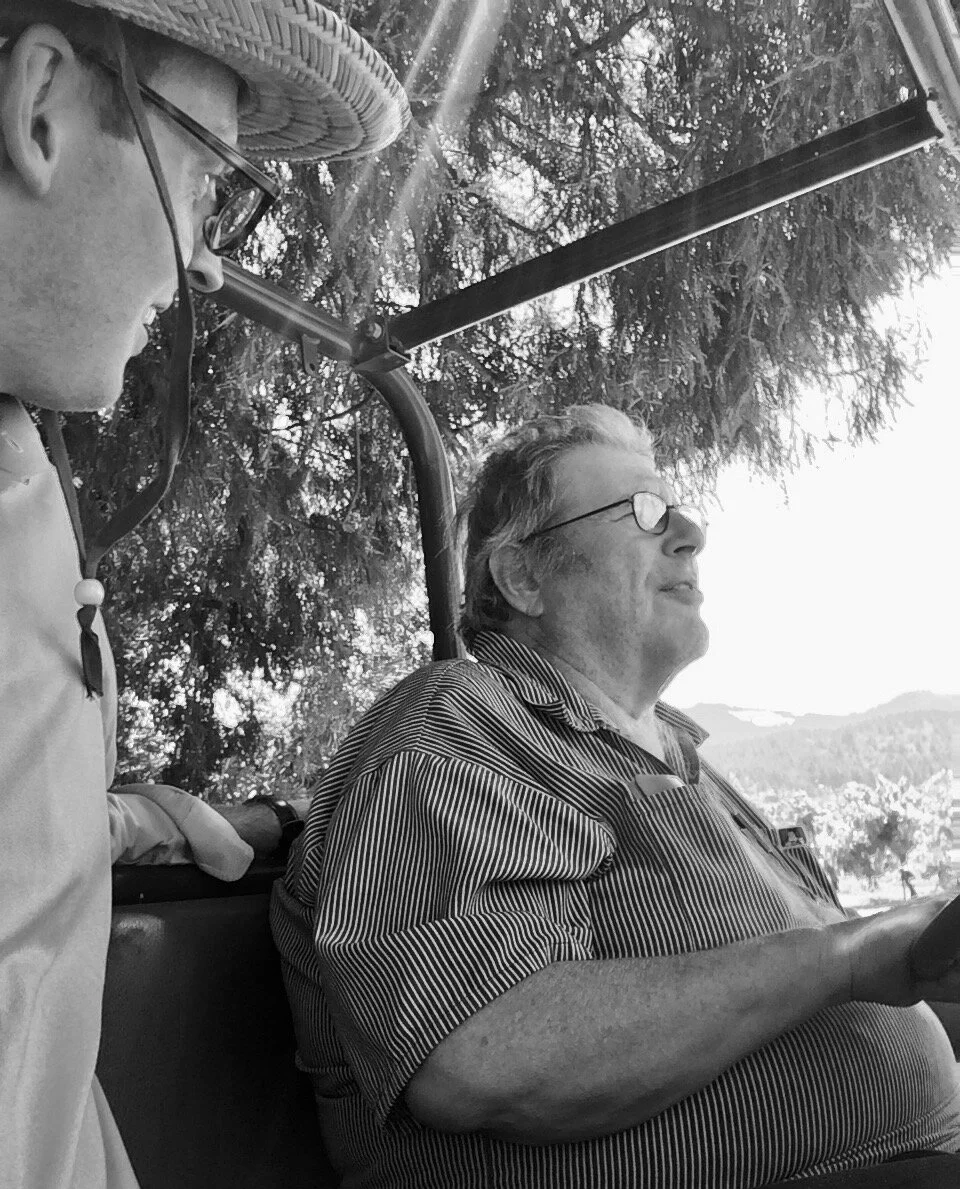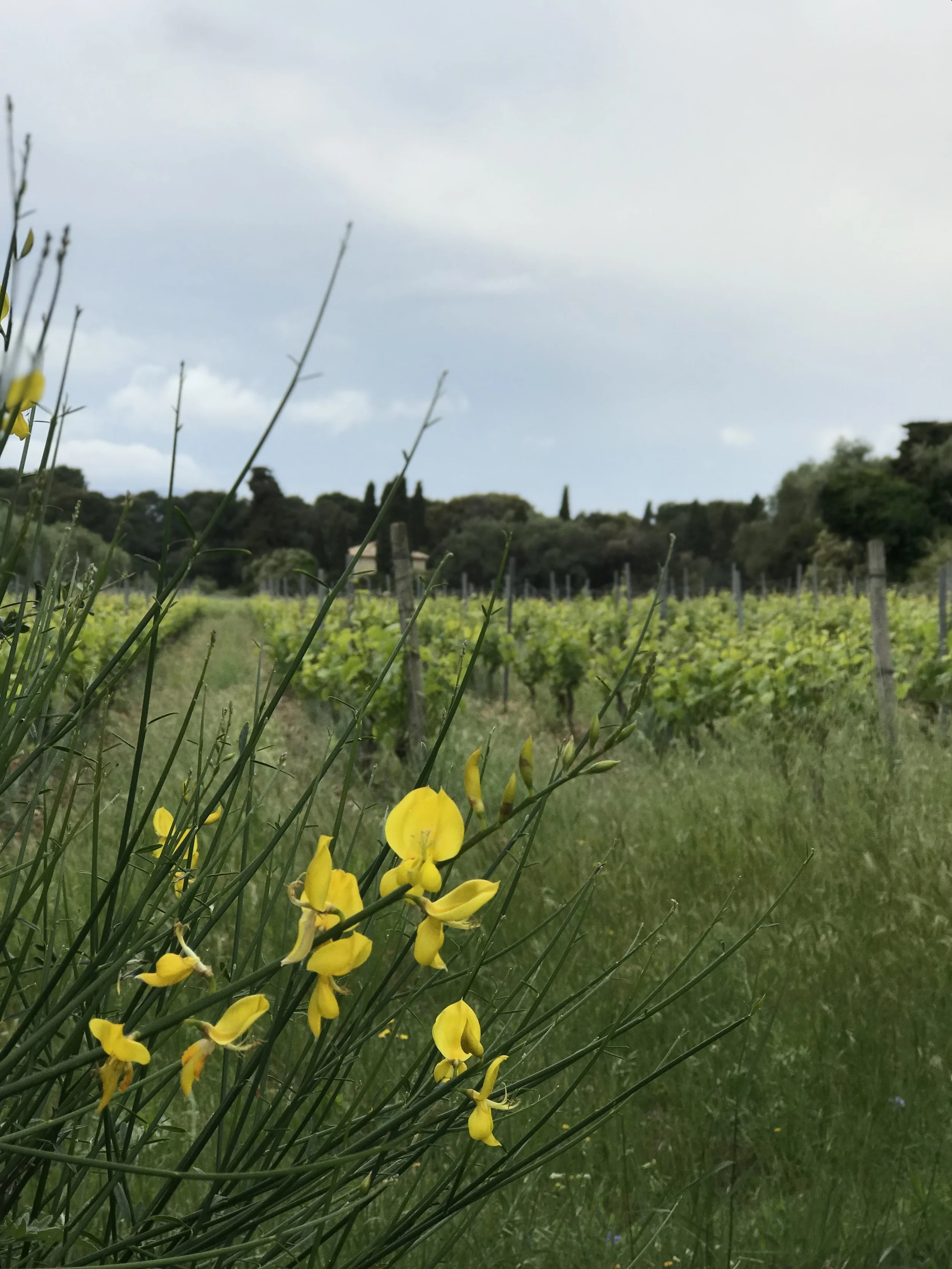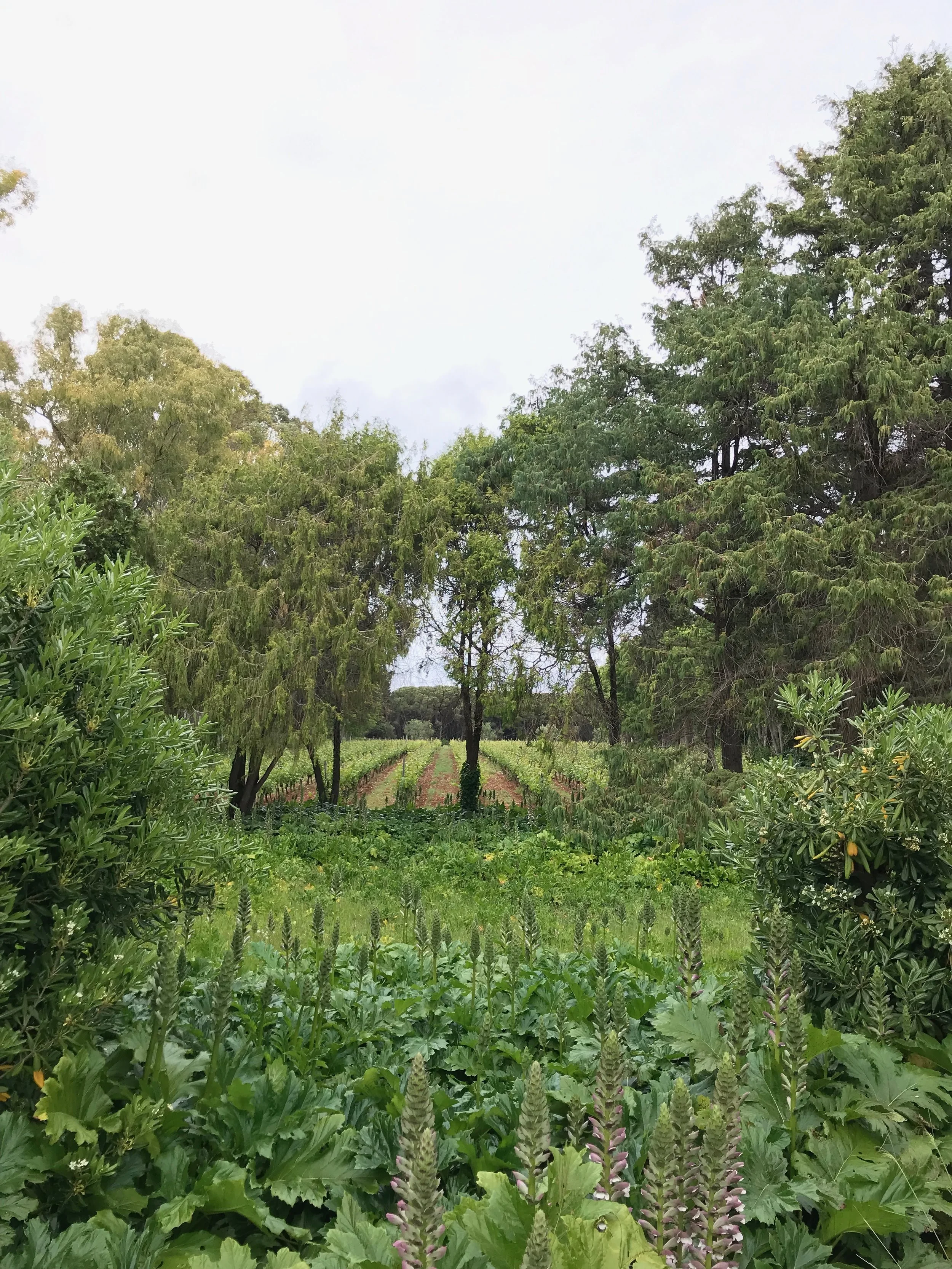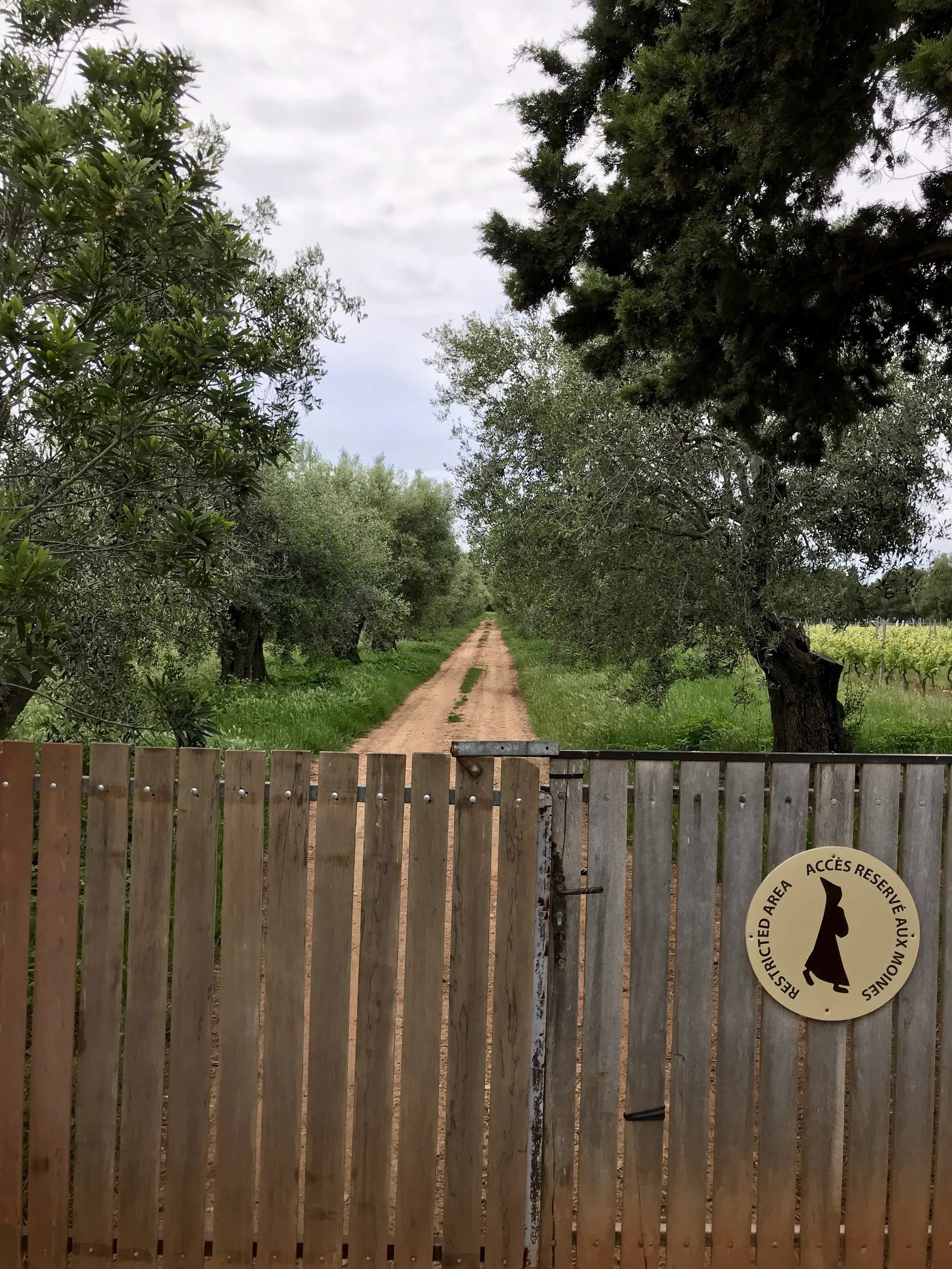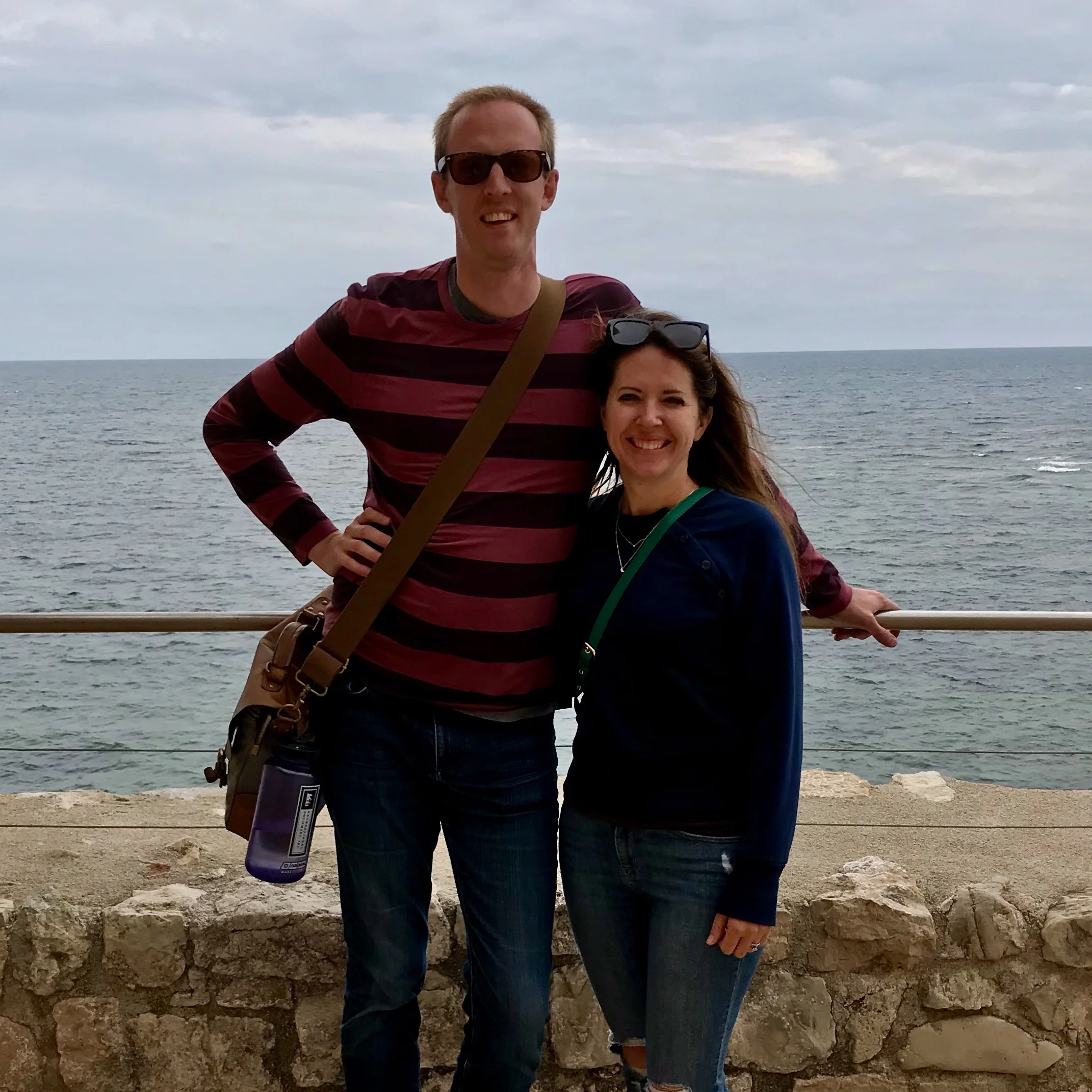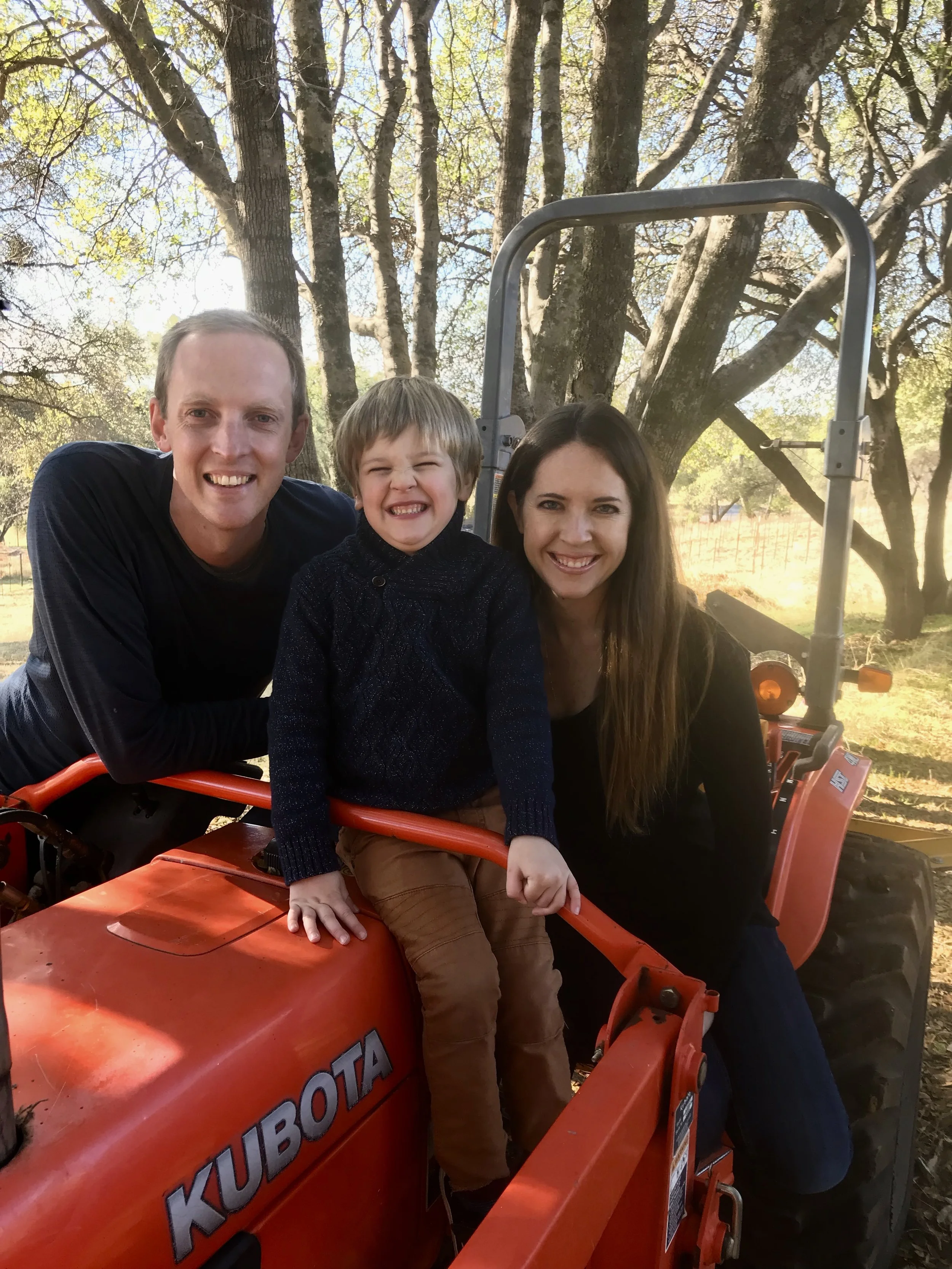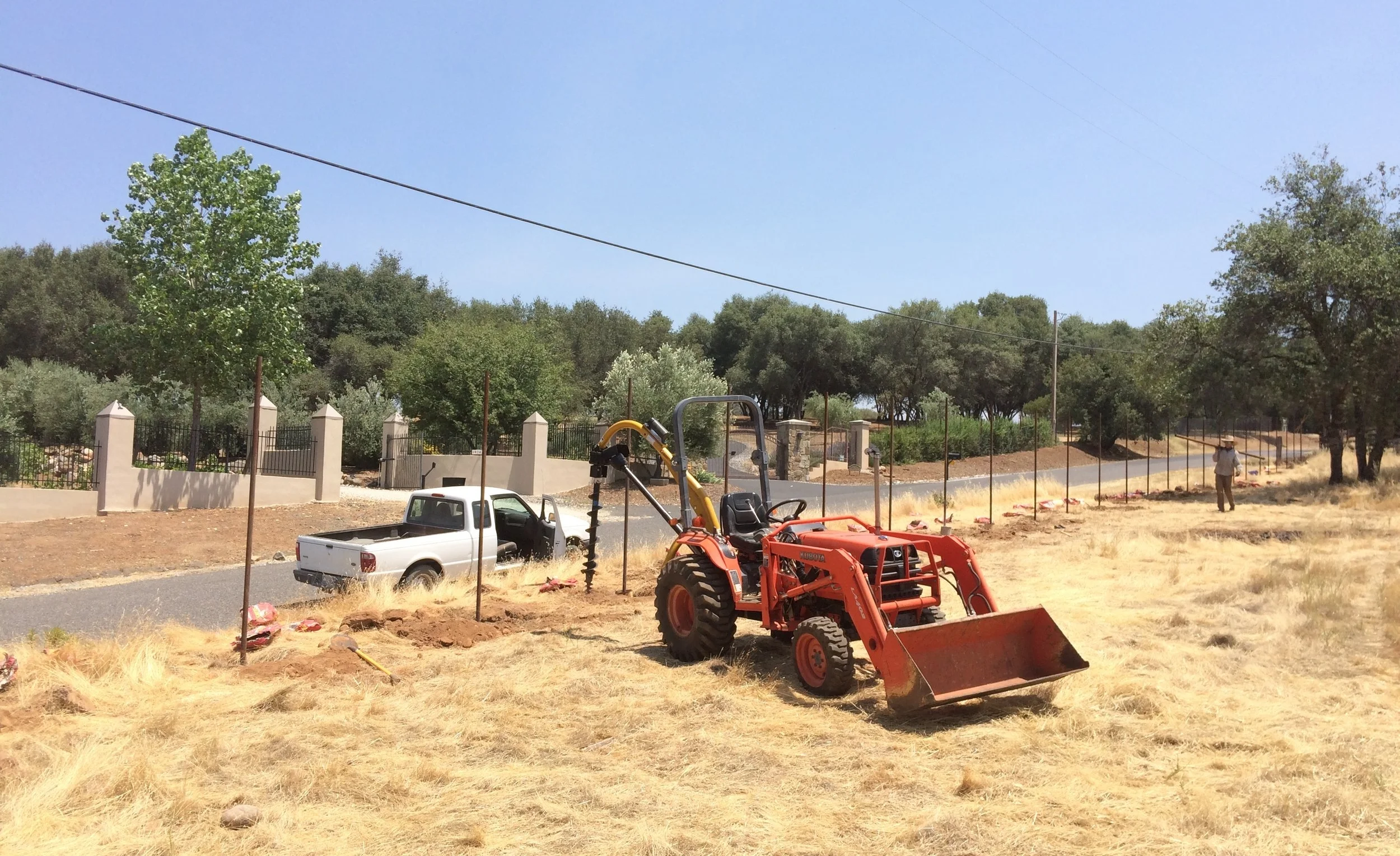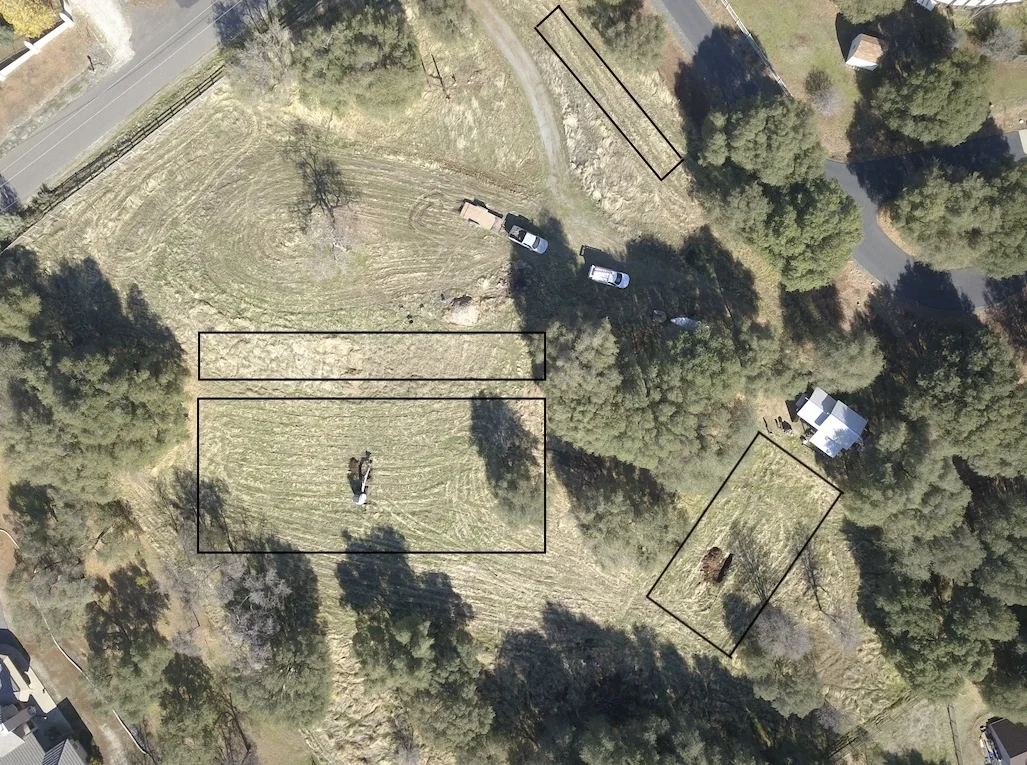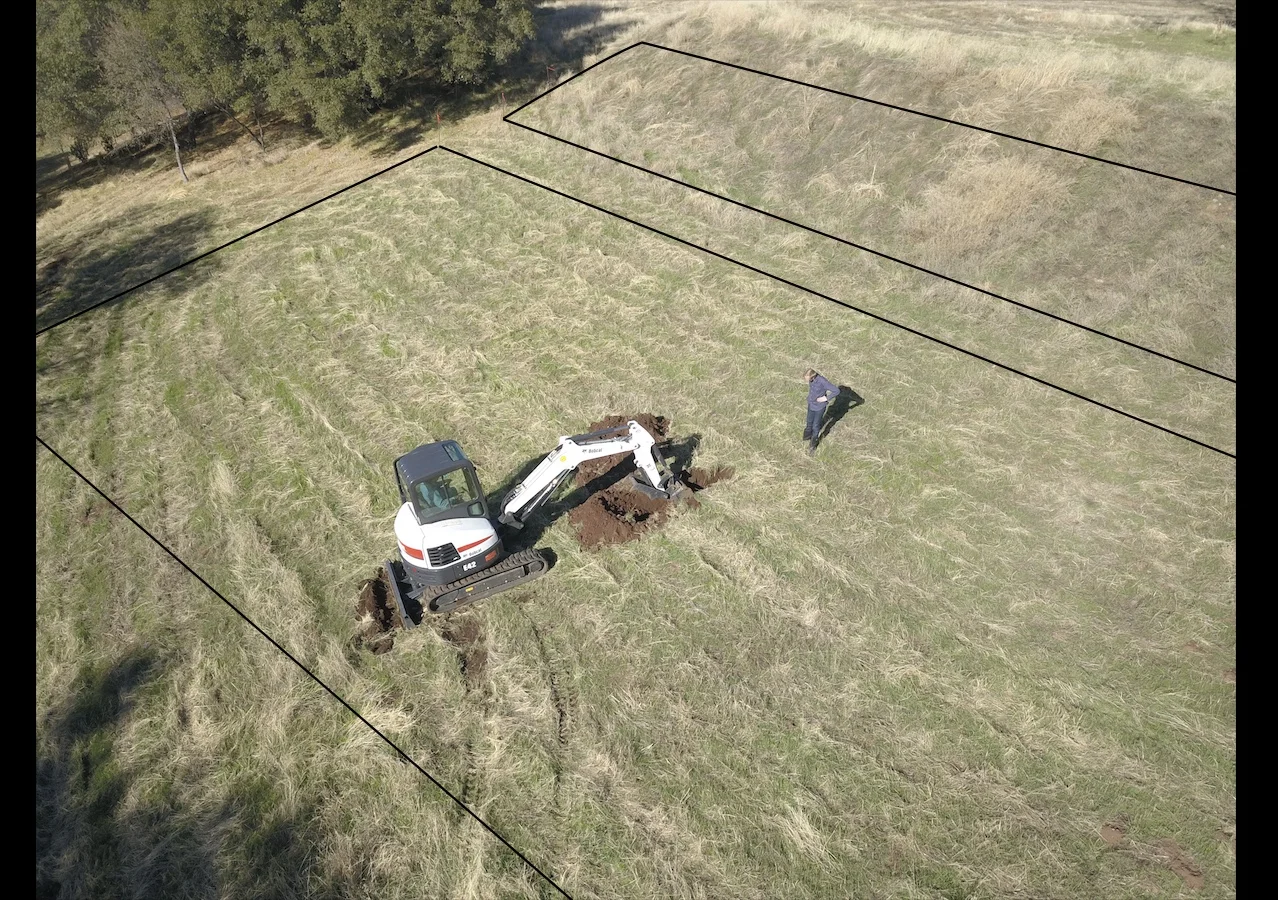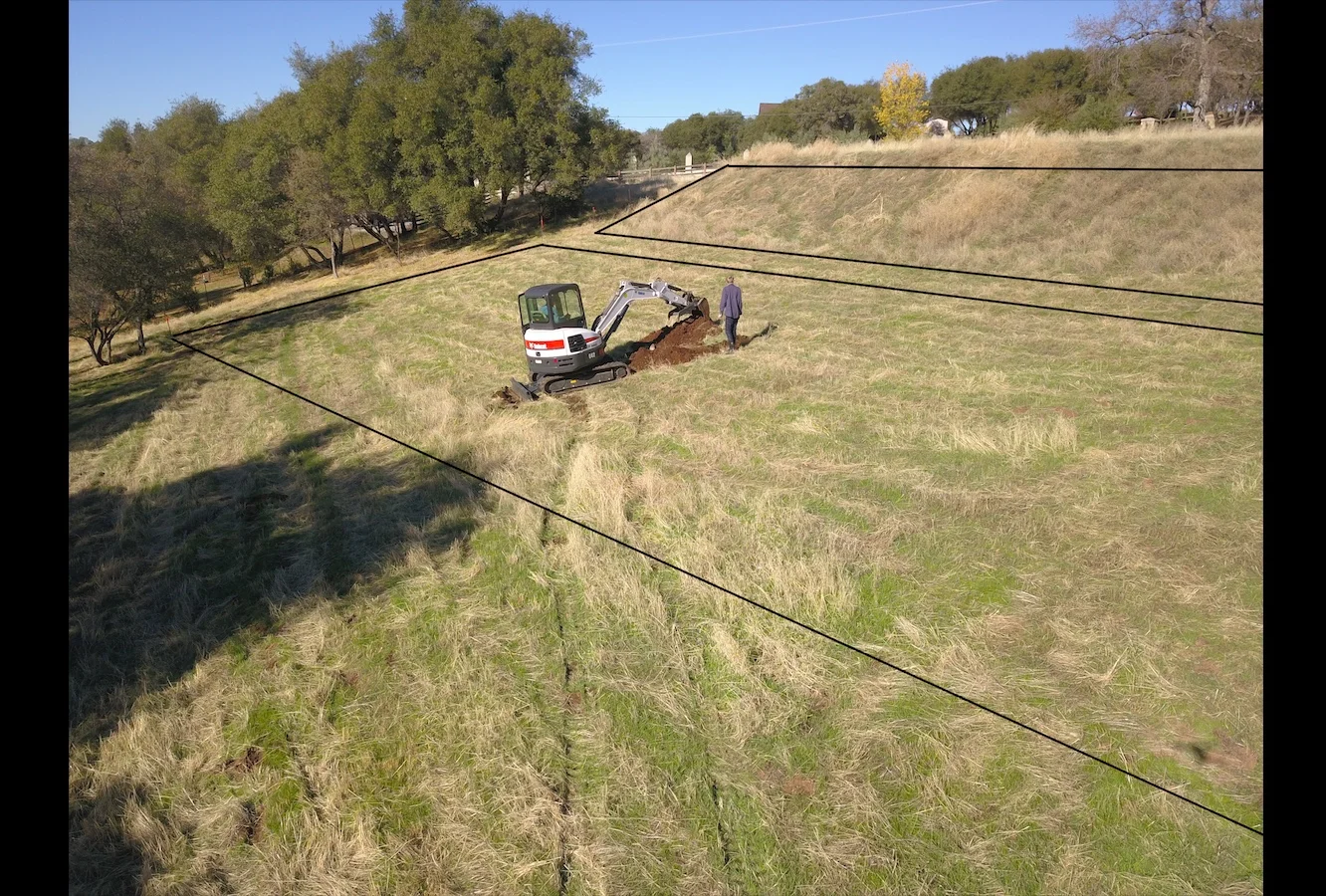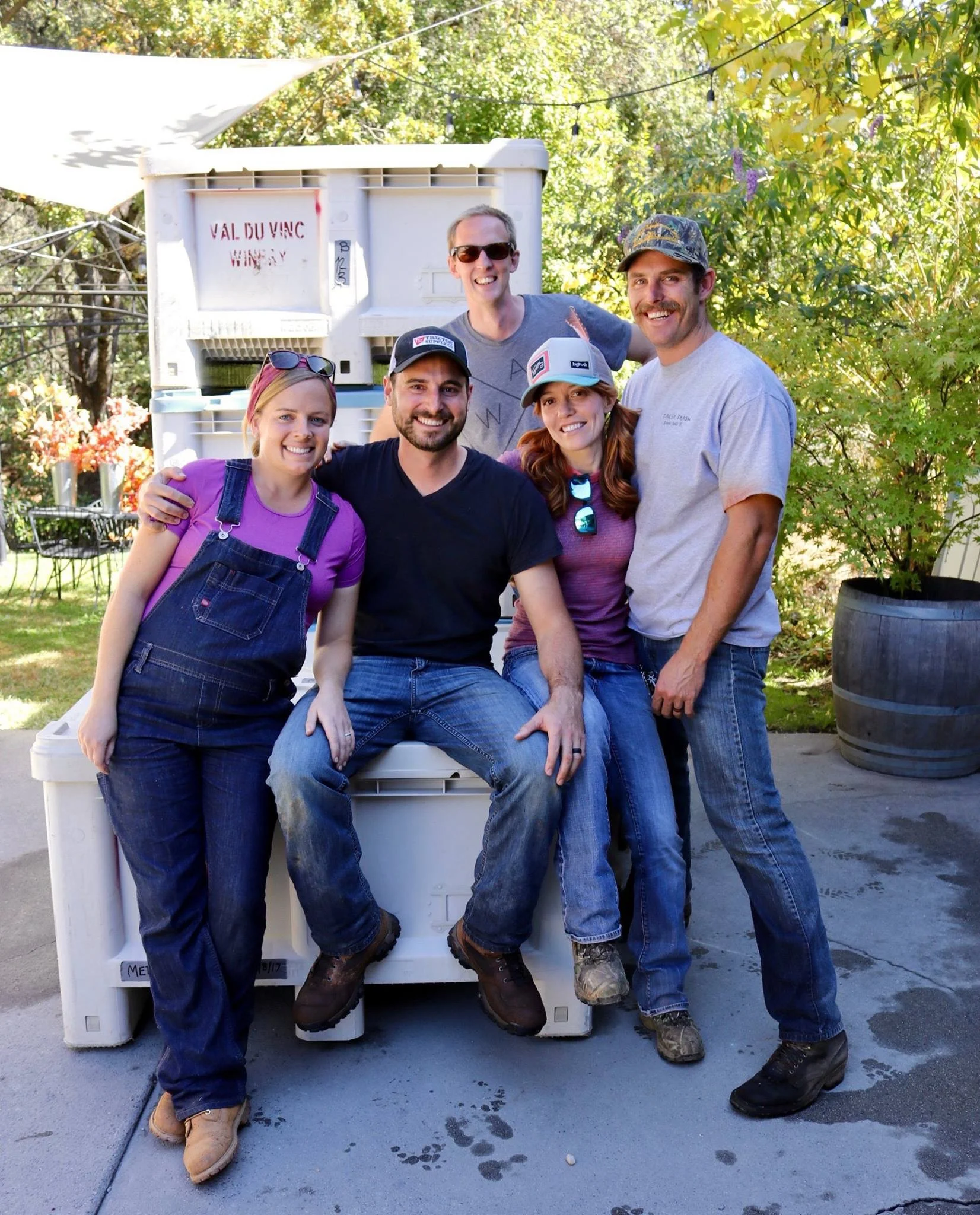Grafted In (Part I/II)
A Heritage
For those outside of wine, you may not be familiar with some of the viticultural history of the Napa Valley. Today, the Valley has become synonymous with “Napa Cab” which refers the widespread planting and popularity of Cabernet Sauvignon. Napa’s earliest agricultural history was planted to field blends of “mission grapes,” diversified fruit tree orchards and even livestock. The now famous “Judgement of Paris” put the New World on the map of wines, and vineyards of old were ripped out and planted to the now profitable Chardonnay and Cabernet Sauvignon. As I previously mentioned, there were a few families that held on to their heritage plantings, including the Frediani’s who continued to cultivate Charbono, Petite Syrah, Grenache and Zinfandel.
Foundation Plant Services
Heritage vineyards not only have a rich political and economic history (think prohibition), but they have also had to endure tough biological threats as well. In the agricultural world, grapes are particularly susceptible to Red Blotch, Pierce’s Disease and the vectors of such diseases like the Glassy Winged Sharpshooter. Back in the late 1950s, severe virus disease struck California vineyards and spurred UC and USDA scientists to develop methods for grape virus disease detection and disease elimination. One organization, Foundation Plant Services (FPS), was formed as the only dedicated grape importation facility in the United States. Highly sought-after foreign grape selections are processed through quarantine for the grape and wine industries.
Ring Ring
Me: “Hello, my name is John. I’m looking for clean (disease free) Charbono.”
FPS: “One moment while I check. It looks like we have 30.”
Me: 30 uhhhh?
FPS: 30 total plants.
Me: (interupts) I’ll take them, all of them.
Sunridge Nurseries
Let me summarize the aforementioned for a brief second. There were only 30 Charbono plants in the entire United States which had been tested and certified to be disease free. 30. This meant that our desire to plant Charbono just got more complicated: First, we had to find a willing an able nursery to accept our project. Second, the nursery would haVe the slow and steady task of taking 30 “mother” plants and creating over 550x “daughters” from the clean material. We’re forever indebted to Julian Clymer at Sunridge Nurseries who took our call and was willing to entertain our project in an effort to “bring Charbono back.”
And so it is. Charbono is back. We have planted roughly its’ 60th acre. The new heritage continues.

